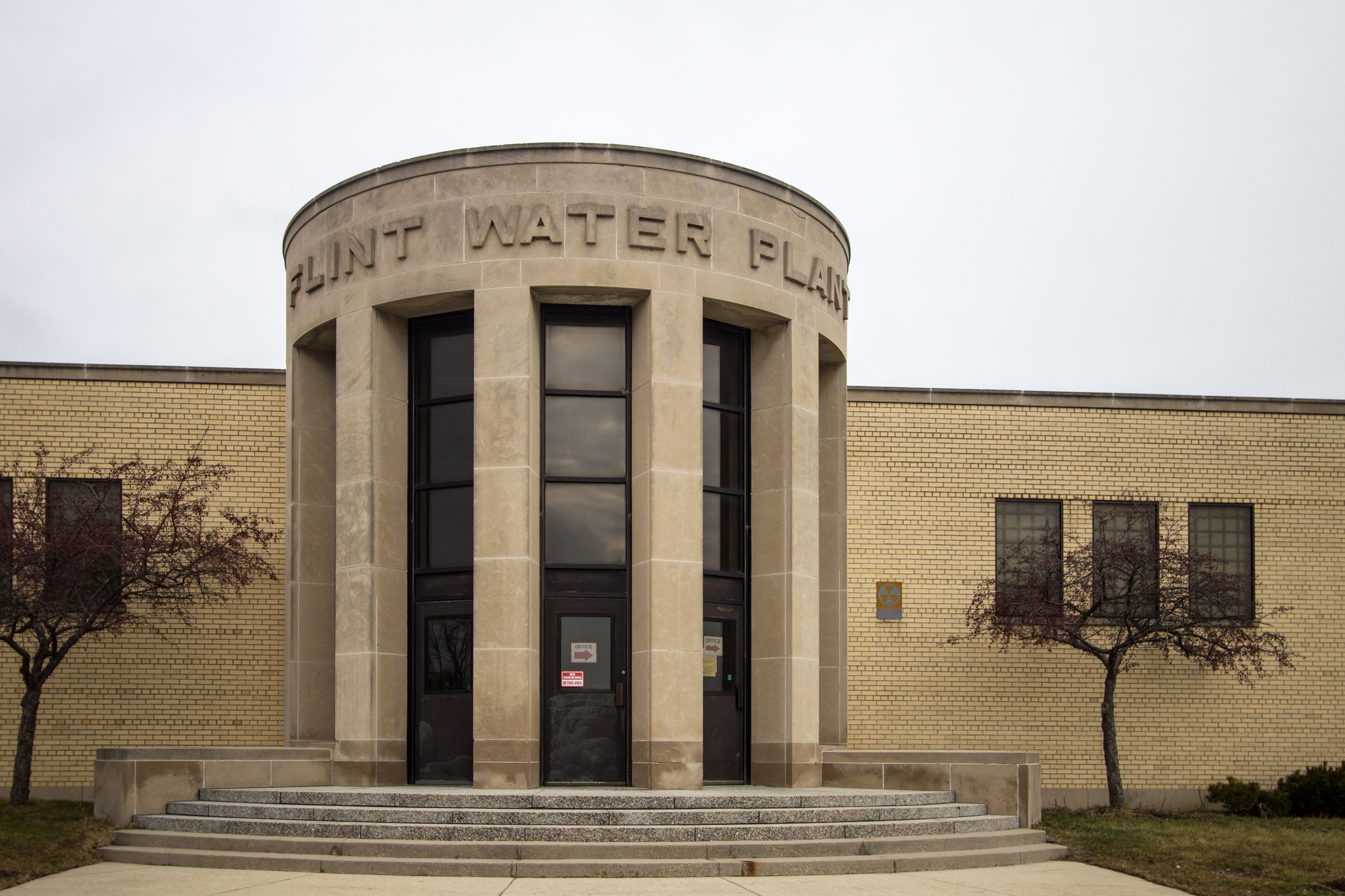Why Lead Levels that are Under EPA Limitations Can Still be Dangerous
It wasn’t until the 60’s that scientists started to understand the serious health implications that lead could cause. It would take years until the EPA would eventually pass a ruling that outlawed the use of lead paint and decades later we are still seeing adults and children with dangerously high levels of lead toxicity, being diagnosed with poisoning.
But is there a safe amount of lead? Scientists think not, with many claiming that any level above zero can mean a serious increase in the risk of health problems. Fortunately, since lead paint was outlawed the average blood lead level (BLL) for Americans has dropped by more than 90% from 60 micrograms per deciliter of blood to only 5.
While that drop has been incredibly beneficial for our health, scientists say that we must keep going. The Lead RRP ruling means that homeowners and business people can’t work on their buildings without certified and trained professionals to ensure that it is safe. These workers can prepare the area, minimize the dust during the work and prevent excessive exposure to those in the vicinity.
Through their work and training, much of the lead paint in the country has been removed, but there is still plenty in our towns and cities, as well as the products that we might interact with.
Why is Lead Exposure Dangerous?
According to studies, even low-level exposure to lead for a long period can cause health problems including vomiting, fatigue, developmental delay in children and a permanent reduction in IQ. The most severe cases of lead poisoning can cause death, especially when the exposure is acute and in a large enough amount.
Scientists have been looking at BLL for years to try and identify where the threshold is for health problems so that they can screen the country and find those who are at risk. However, throughout their hard work, they have been unable to find any threshold for health problems. This result means that any exposure above zero could increase the risk of adverse health.
Is There Any Safe Level of Lead Exposure?
Scientists think not, and while they still use the limit of 5 micrograms per deciliter of blood as an indication of lead poisoning, some are arguing that it should be reduced further. As more information has emerged about the dangers that lead presents, parameters and measures that were previously thought to make us safe are still allowing us to face health risks.
One of the ways that we might find ourselves ingesting lead on a daily basis is through the water. While the lead water was outlawed in 1988, the water that we drink often has high levels of lead in it. The reason for this is because the old pipes that connect the water systems to our houses are often deteriorated and old.
The EPA Lead and Copper rule which was established in 1991 requires that water with a lead level of 15 ppb, which means 15 parts per billion, should be reduced. However, as we’ve already discussed, there is no safe level of lead consumption. As a result, drinking water which falls under this level but still contains lead is not being improved, and therefore we can drink it.
However, those who are the greatest danger of lead exposure are those who are working hard to remove it. OSHA mandates that the action level for work areas in 30 micrograms per cubic meter over an 8-hour workday. While these workers take extra precautions like wearing ventilation masks and overalls, they are working inside highly toxic areas.
For this reason, it’s vital that they undergo lead certification training as the EPA and the law requires. During this training and subsequent testing, they will be required to prove that they know how to make these worksites safe, reduce the level of lead toxicity and minimize the impact to those in the vicinity of the building.


